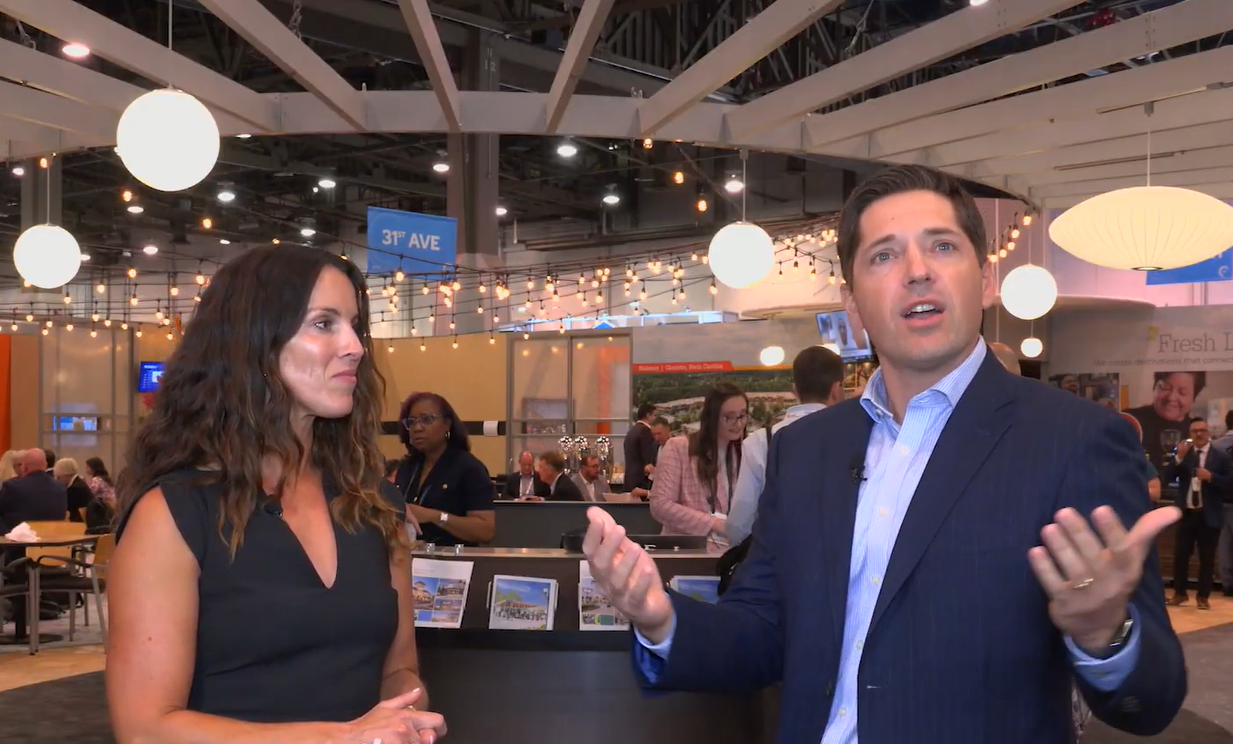Today’s retail market has a significant shortage of new, high-quality neighborhood and community shopping centers, giving experienced developers with ample capital an advantage. According to CBRE, annual retail construction completions in 2021 to 2023 were down by more than 80% from the mid-2000s, creating a 200 million square feet retail space shortage.
It’s created an opportunity for ground-up retail development from established developers rushing to fill a critical supply shortage, in spite of the economic headwinds.
“Regency continues to benefit from strong tenant demand for—and a lack of new supply of—high quality grocery-anchored neighborhood and community centers in strong suburban trade areas," says Nick Wibbenmeyer, west region president and chief investment officer with Regency Centers.
Recommended For You
A move toward master-planned communities
Consumer preference is reflecting broader changes in retail real estate fundamentals. They continue to prioritize convenience and value-oriented retail experiences, particularly in strong suburban markets with attractive demographics.
"We are currently one of the only active national developers of high-quality grocery-anchored shopping centers in an environment where development is a difficult business and returns often don't pencil," Wibbenmeyer notes.
For Regency, master-planned community partnerships are emerging as a particularly effective development strategy. "We've had great success partnering with master plan community developers who recognize the value of a national retail developer that will manage the retail component long term," Wibbenmeyer explains.
Recent examples include developments in diverse markets from Connecticut to Texas, featuring anchor tenants like Whole Foods and H-E-B.
Higher rates reshape investment approach
The current economic environment has intensified the focus on capital allocation strategies among retail real estate developers. Higher interest rates have constrained traditional growth strategies. Instead, successful developers are prioritizing investments with the best risk-adjusted returns.
Regency relies on a self-funding strategy through its REIT, allowing the company to seize opportunities in today’s capital constrained environment. "We target high single digit returns on capital, a substantial spread to where cap rates would be for similar high-quality centers in the private market today,” Wibbenmeyer says.
This disciplined approach extends beyond pure development to include strategic redevelopment and selective acquisitions that enhance portfolio value while driving earnings growth.
Quality tenants weather economic uncertainty
Recent economic policy changes, including on-again, off-again, tariffs, are creating uncertainty for many businesses. Despite those headwinds, the retail real estate development sector has shown remarkable resilience.
"Through the middle of May, we have not seen any signs of slowdown in leasing activity or foot traffic,” Wibbenmeyer reports. Regency’s resilience stems largely from its focus on necessity-based retailers like grocery stores.
Construction costs present another potential challenge. Tariffs and supply chain disruptions are expected to push overall construction costs up by 5% to 7% by 2025, FMI Corp. predicts.
But that, too, has proven manageable, Wibbenmeyer says: “Price increases in certain material costs have been offset by decreases in others, and many manufacturers had begun ramping up domestic sourcing over the last several years. Declines in energy and labor costs have helped as well.”
This stability has allowed developers like Regency to maintain its long-term focus. "We've made no changes to our capital allocation strategy, which is designed to prioritize and take advantage of accretive investment opportunities through economic cycles," Wibbenmeyer says.
For more insights and thought leadership from Regency Centers, click here.
© Touchpoint Markets, All Rights Reserved. Request academic re-use from www.copyright.com. All other uses, submit a request to [email protected]. For more inforrmation visit Asset & Logo Licensing.






